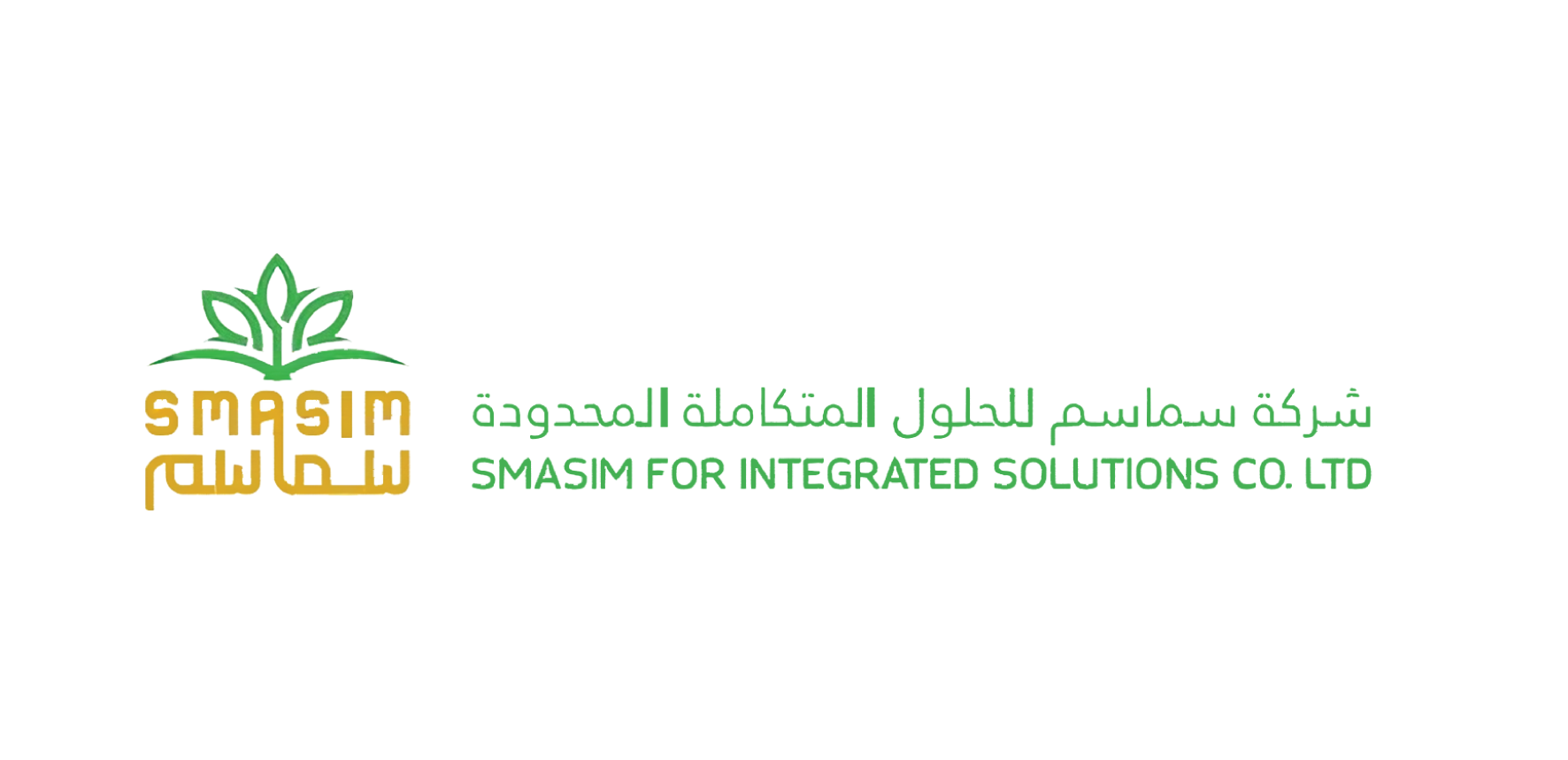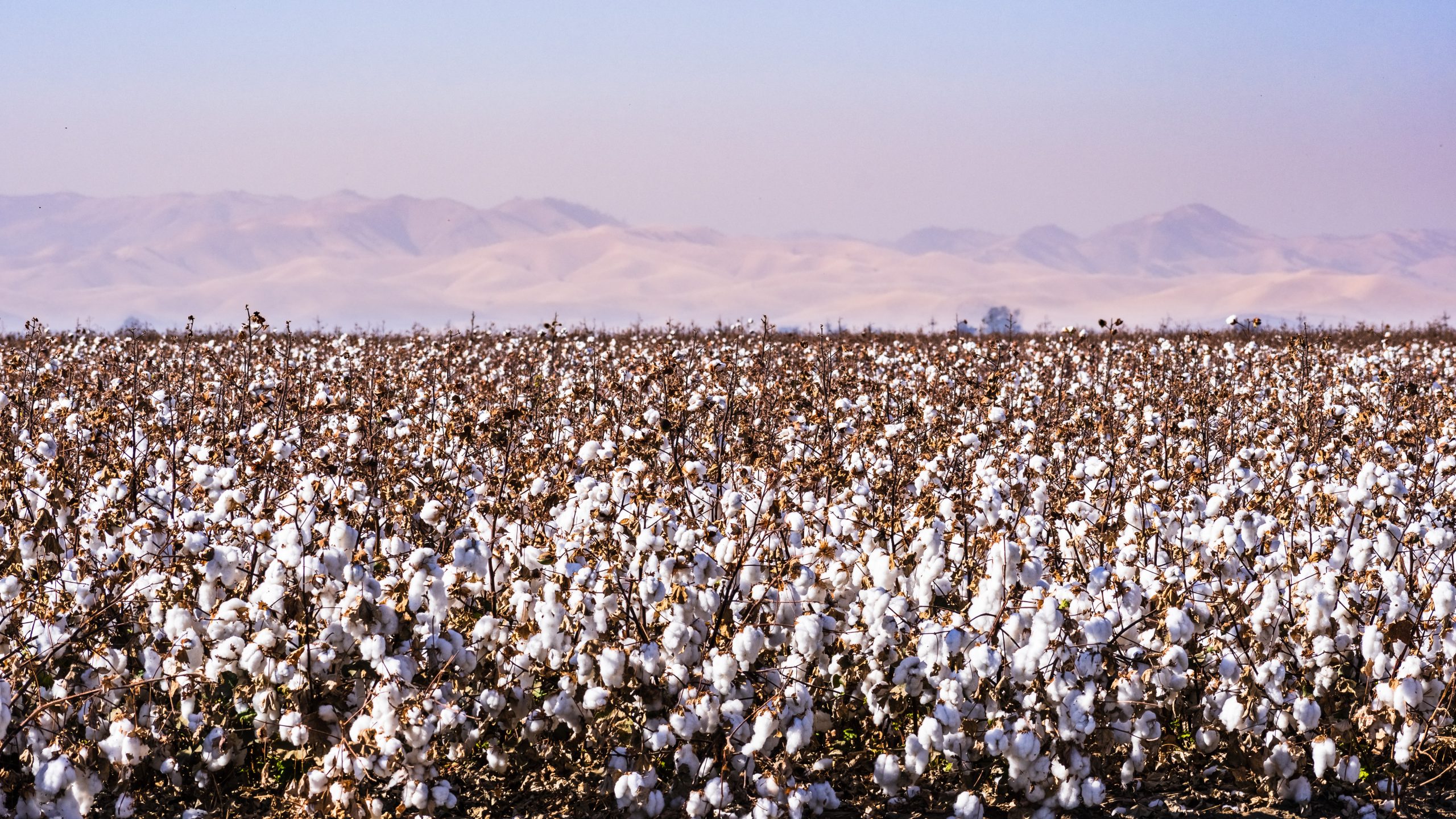Cotton
Cotton
Cotton planting in Sudan has a long history dating back to the 19th century, when it was first cultivated in Eastern Sudan’s Tokar area. The commercial cultivation of cotton began in 1905 at the Zeidab Pilot Scheme in Northern Sudan. A significant milestone in Sudan’s irrigated agricultural production was reached in 1925 with the establishment of the Sennar dam. Since then, cotton has played a prominent role as a cash crop.
Product Description
HISTORY
Cotton planting in Sudan has a long history dating back to the 19th century, when it was first cultivated in Eastern Sudan’s Tokar area. The commercial cultivation of cotton began in 1905 at the Zeidab Pilot Scheme in Northern Sudan. A significant milestone in Sudan’s irrigated agricultural production was reached in 1925 with the establishment of the Sennar dam. Since then, cotton has played a prominent role as a cash crop.
MAJOR VARIETIES
Different types of varieties in the commercial market:
1. Barakat (90):
The early maturing and high-yielding major extra long staple (ELS) variety (33-36 mm) is comparable to the traditional Barakat in terms of fiber characteristics. However, it surpasses Barakat in both fineness and strength (34-41 HVI). The majority of this variety is cultivated in Gezira using irrigation methods, with the cotton being hand-picked and roller-ginned.
2. Barac (67) Acala
This cotton is of medium staple length and is processed using both roller and saw ginning methods. The variety is renowned for its favorable micronaire value (3.8 – 4.2) and vibrant color.
3. Albar (57) 12 and Acrain
The Albar (57) cottons, also known as Nuba and Acrain, are rain-grown cottons with a short staple length.
4. Abdin:
This cotton variety is of excellent quality, with early maturing traits and the following features:
• It exhibits high resistance to both bacterial blight races in Sudan (32.0 mm) (33-37g/tex).
• It has a higher level of tolerance to jassid.
• It shows a remarkable 60% increase in yield compared to Shambat-B.
• The staple length ranges from 32-31
• The micronaire value falls between 4.2 – 4.4
• The strength, as measured by HVI, is within the range of 33-37.
5. Hamid (BB – 82)
Hamid is a cultivar with a moderate plant density, producing high yields and maturing early. It has an open canopy structure. Hamid is highly suitable for integrated Crop Management, with a recommended plant spacing of 28.0 mm.

